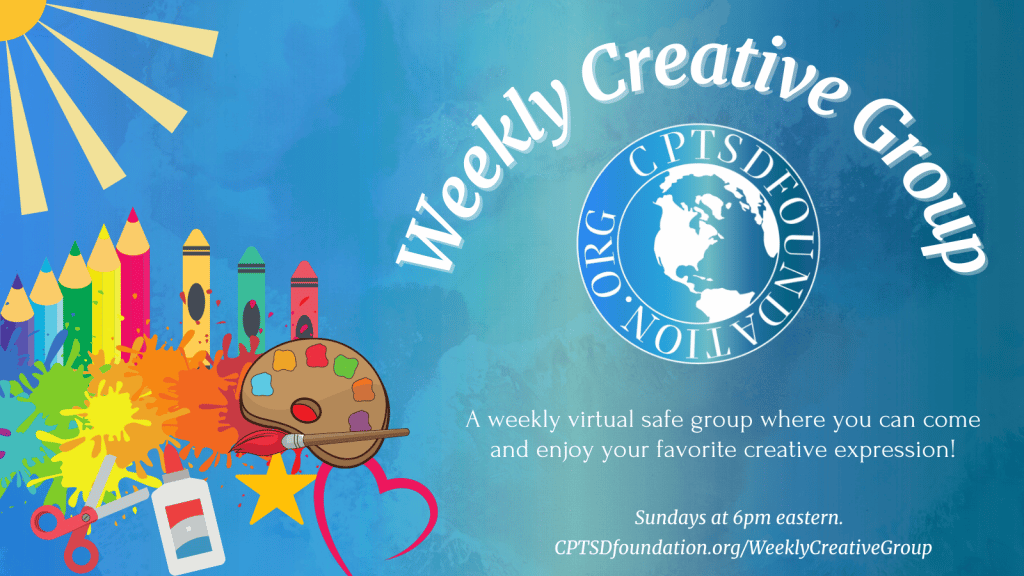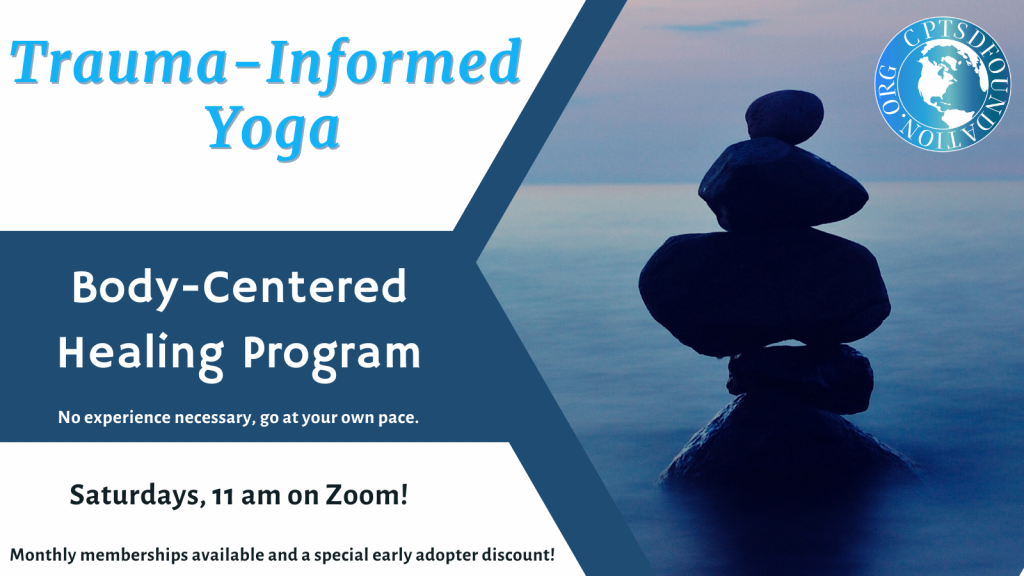Reclaiming Safety after Narcissistic Abuse
This post explores the unseen consequences of narcissistic abuse, the breakdown of psychological and physiological safety, and the slow, sacred journey of healing ‘functional freeze’ that invites us to reclaim our inner warmth.
How Narcissistic Abuse Disrupts the Nervous System
Narcissistic abuse doesn’t just hurt emotionally. It rewires the nervous system. Love becomes laced with fear. Intuition is replaced by doubt. The body learns to stay on alert, never knowing when the next emotional ambush will strike. These are not just psychological scars—they are physiological adaptations.
Common nervous system responses among survivors:
- Chronic anxiety or emotional numbness
- Over-apologizing
- Fear of abandonment over minor conflict
- Difficulty setting boundaries without guilt
- Feeling responsible for others’ emotions
These are survival strategies encoded into the nervous system through repeated betrayal, manipulation, and neglect.
The Hidden Insults
While emotional abuse can be covert, it is often accompanied by devastating tactics that attack a person’s reality and sense of belonging:
Smear campaigns and the calculated effort to damage someone’s reputation through lies, exaggerations, or half-truths. It causes social isolation, chronic fight-or-flight activation and the complete breakdown of trust in self and others.
Over time, victims may experience health issues like chronic fatigue, autoimmune conditions, and depression.
Triangulation introduces a third person to control, confuse, or destabilize relationships. Whether in families, workplaces, or romantic partnerships, it creates instability and self-doubt, keeping the nervous system in survival mode.
The disorientation and confusion is used as a control mechanism. Gaslighting, word salads, blame-shifting and future faking, we’ve heard it all before and know it well. But the results? Cognitive overload, emotional dysregulation, and loss of interoceptive awareness (gut instinct). This prolonged disorientation leads many into chronic freeze states or dissociation.
The freeze response is a survival mechanism — often a final refuge when fight or flight isn’t possible. In environments filled with chronic gaslighting, unpredictability, or betrayal, the body may enter this state or bounce between freeze and flight to cope with overwhelm. To heal, we first name it and understand it, and then gently support ourselves in thawing.
Recognizing You’re in a Freeze State
Recognizing that haze and sense of disconnection from your body or emotions, the difficulty making decisions or forming coherent thoughts (brain fog), the flat affect and emotional numbness, of being here but not. Slowly losing interest in things you used to enjoy. The sometimes comforting yet lonely feeling of invisibility or of being unreachable, even around others. The fatigue has no clear cause, but you quietly know what lies beneath it. The difficulty sensing hunger, thirst, or needing to use the bathroom, and the subtle painful tap dance between shame or guilt for “not doing enough”
In freeze, the nervous system is still highly activated beneath the surface, but energy gets “locked in” to prevent you from feeling it all at once. It’s like hitting the emergency brakes internally. The damage to the nervous system is real. Healing is not about “getting over it.” It’s about re-establishing the trust that was broken—restoring the nervous system and connection between body and mind, self and others.
Nervous System Recovery Begins With Restoring Safety to the System, then:
- Recognition: Understanding manipulation helps restore clarity.
- Boundary repair: Healthy boundaries signal to your body: “You are safe now.”
- Somatic practices: Breathwork, vagal toning, movement, and trauma-informed yoga shift you out of stuck survival stress states.
- Reconnecting to intuition: Somatic therapy and journaling help restore healthy interoception.
- Safe connection: Healthy relationships restore oxytocin flow and ventral vagal activation (social engagement).
The cyclical nature of healing and the quiet, grief-filled moments become sacred territory for you to navigate with such an immense level of kindness towards what is arising for you. This is not about becoming someone new. It’s about remembering who you were before the distortion. The self that was buried beneath the rubble the noise and manipulation. We rise again because we learn to tend to our own vision of our future selves while reclaiming our shattered, displaced, and stolen pieces.
You might recognize these signs of coming out of freeze by suddenly crying all the choked back tears, maybe the body will even begin to quiver and shake, and yawn with a desire to stretch. Increased awareness of your breath or bodily sensations indicates you are coming back home to your body. This might trigger subtle emotional stirrings (grief, anger, longing), maybe feeling both scared and curious at the same time. The beginning of boundaries forming internally is a really good sign of recovery.
Gentle Reminder:
Coming out of freeze can feel overwhelming — even “too alive” — so it’s important to go slowly, be tender and understand the nuances and nudges of your inner world. Your nervous system is doing something extraordinary: rediscovering presence and both physiological and psychological.
A Note of Hope
Narcissistic abuse is real. Its impact is profound. But so is the recovery.
The nervous system, once betrayed, can learn to feel safe again. It can rewire, reconnect, and reclaim its vital energy.
Along the healing path, you will meet others who see you. Who understand you. Who walk beside you as you rediscover your worth and rebuild your inner sanctuary.
You are becoming.
And your nervous system deserves nothing less than peace, presence, and protection.
Guest Post Disclaimer: Any and all information shared in this guest blog post is intended for educational and informational purposes only. Nothing in this blog post, nor any content on CPTSDfoundation.org, is a supplement for or supersedes the relationship and direction of your medical or mental health providers. Thoughts, ideas, or opinions expressed by the writer of this guest blog post do not necessarily reflect those of CPTSD Foundation. For more information, see our Privacy Policy and Full Disclaimer.

Roseanne Reilly DipNUR, APCST, ERYT500hr CEP specializing in Restoring Safety to the Nervous System
Roseanne comes from a Background of Nursing, She is an Advanced CranioSacral Therapist, Experienced Yoga Teacher and Health Educator and contributor to the Nervous System Economy
Roseanne provides research based tools and resources for nervous systems restoration following chronic and trauma stress
She provides insights from her own healing journey towards recovery, through blogs, weekly resources, work shops, courses, 1 to 1 mentoring and small group sessions
Linkedin:https://www.linkedin.com/in/roseanne-reilly-3014a0200/
website address: https://handsoftimehealing.com/





Roseanne,
Brilliant article! I could journal for the next year prompted by this article alone.
I appreciate you stopping by to read LJ. Journaling is an excellent resource to help us digest the depth of the meaning within this article as it speaks to you and your individual journey of recovery.
I’m amazed at how many things I can still learn after years of recovery. I ‘sensed’ that going numb was a coping mechanism; this story reinforced that belief.
I haven’t for years understood why I can never tell when I’m full until hours later, or that I have to ‘go number 2’ until I’m already in the toilet due to urgent frequency to urinate. This helps to explain that.
One thing that I haven’t seen addressed is “running cover” for others. When I read through some old journal entries from my junior high years, I read in my own words, how I took the blame for bad things that my friends or boyfriends actually did. An example: a friend invited over two strange teen boys to my home when we were 15. I distinctly remember fuming at her, telling her to call them back and tell them to stay home, to which she replied, “Too late? They’re already on their way.” This was the 80s so no cell phones. I was so angry with her! But my journal read, “D and I invited a couple of guys over…” I did not invite them! I see that same pattern over and over again in my journal entries. “I stole blocks from the kindergarten room,” no, I did not. S did that.
The tone seems happy-go-lucky, “Oh, well!” / “Everything is awesome,” but I distinctly remember at the time, feeling hurt or put out or somehow offended or angry when the so-called friends did things, and let me take the fall for them. I remember pleading with them, and being ignored or coerced into giving in to their demands.
I guess I was used to it by then?
Is that too a trauma response? Jumping in front of trains for others, who wouldn’t think twice about pushing you in front of one were the roles reversed?
Hello Kari, thank you for your deep reflections and although this is Not advice in any way shape or form, what I feel from your inquiry is some how related to controlling the narrative – ‘protection’ comes to mind .. a nervous system that does not feels safe will try to protect us from further harm in many different ways..
Also something I reflect upon sometimes is the ‘wounded protector’ and the wounded healer.. when we recognize certain patterns we can nurture the lightening speed ‘rescuer within’ through creating space for clarity via nervous system regulation ..
hope this gives you a little food for thought .. as you continue your healing journey and thank you for your comment and for taking the time to read.